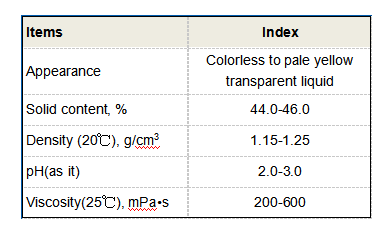types of flocculants in water treatment
Types of Flocculants in Water Treatment
Water treatment is an essential process for ensuring the availability of clean and safe drinking water. One of the key steps in this process is the removal of suspended particles, which can include sediments, bacteria, and other impurities. Flocculants play a vital role in this operation by aiding in the aggregation of these suspended particles into larger clusters or flocs that can be more easily removed from the water. Various types of flocculants are used in water treatment, each with its own unique properties and benefits.
1. Natural Flocculants
Natural flocculants are derived from plants or animal sources and are often preferred for their eco-friendliness. One of the most common natural flocculants is moringa oleifera, a plant whose seeds contain proteins that can effectively bind with suspended particles in water. Moringa seeds have been traditionally used in some regions to clarify drinking water. Another natural option is chitosan, which is extracted from the shells of crustaceans like shrimp and crabs. Chitosan is biodegradable and has antimicrobial properties, making it beneficial in improving water quality without introducing harmful chemicals into the environment.
2. Synthetic Flocculants
Synthetic flocculants are man-made polymers designed to enhance the flocculation process. They are widely used due to their effectiveness and versatility. Common synthetic flocculants include anionic, cationic, and non-ionic polyacrylamides.
- Anionic polyacrylamides have a negative charge and are particularly effective for treating wastewater that contains positive charged particles, such as metals and organic matter. - Cationic polyacrylamides, on the other hand, have a positive charge and are suitable for reducing the turbidity of industrial wastewater and municipal sewage effluents. - Non-ionic polyacrylamides are neutral and can be used in various applications where charge neutrality is required.
The choice of synthetic flocculant depends on the specific characteristics of the water being treated and the types of contaminants present.
3. Inorganic Flocculants
types of flocculants in water treatment

Inorganic flocculants, such as aluminum sulfate (alum) and ferric chloride, are commonly used in municipal drinking water treatment processes
. They work by neutralizing the charges on suspended particles, allowing them to agglomerate and settle.- Aluminum sulfate, one of the most widely used inorganic flocculants, can effectively reduce turbidity and remove pathogens from water. It typically forms a gelatinous precipitate when mixed with water, which helps in the agglomeration of fine particles.
- Ferric chloride, another popular choice, is effective in removing phosphorus and other dissolved organic substances, making it suitable for wastewater treatment plants.
One drawback of inorganic flocculants is that they can introduce additional elements into the water, such as aluminum and iron, which may need to be removed in subsequent treatment stages.
4. Innovative Flocculant Technologies
Recent advancements in flocculant technology include the development of bio-based and hybrid flocculants that combine the advantages of both natural and synthetic types. These innovative solutions aim to improve floc formation, reduce dosage requirements, and minimize environmental impacts.
Additionally, research into nanotechnology is paving the way for the creation of nanoflocculants that can enhance the efficiency of the flocculation process, leading to more effective and sustainable water treatment solutions.
Conclusion
The choice of flocculant in water treatment plays a crucial role in the overall effectiveness and sustainability of the treatment process. While traditional options such as natural and inorganic flocculants continue to be widely used, advances in synthetic and innovative technologies are providing new solutions to meet the growing demand for clean water. By understanding the different types of flocculants and their specific applications, water treatment facilities can optimize their processes and ensure the delivery of safe drinking water to communities.
-
2-Phosphonobutane-1,2,4-Tricarboxylic Acid: Scale & CorrosionNewsAug.29,2025
-
Premium Isothiazolinones | Broad-Spectrum Biocidal SolutionsNewsAug.28,2025
-
LK-319 Special Scale And Corrosion Inhibitor For Steel Plants: Advanced Solutions for Industrial Water SystemsNewsAug.22,2025
-
Flocculant Water Treatment: Essential Chemical Solutions for Purification ProcessesNewsAug.22,2025
-
Isothiazolinones: Versatile Microbial Control Agents for Industrial and Consumer ApplicationsNewsAug.22,2025
-
Scale Inhibitor: Key Solutions for Water System Scale PreventionNewsAug.22,2025





